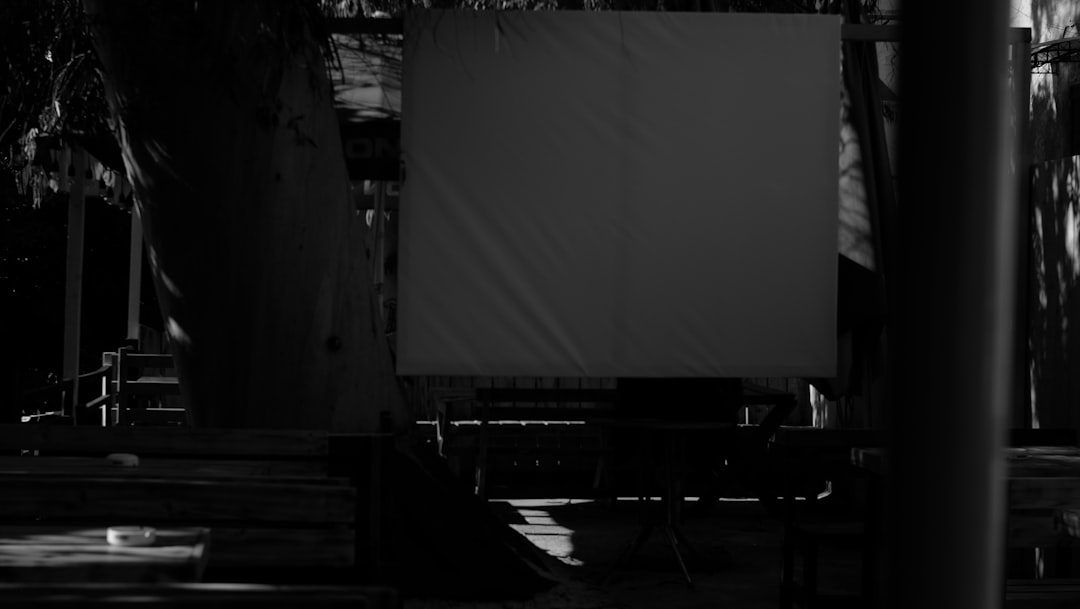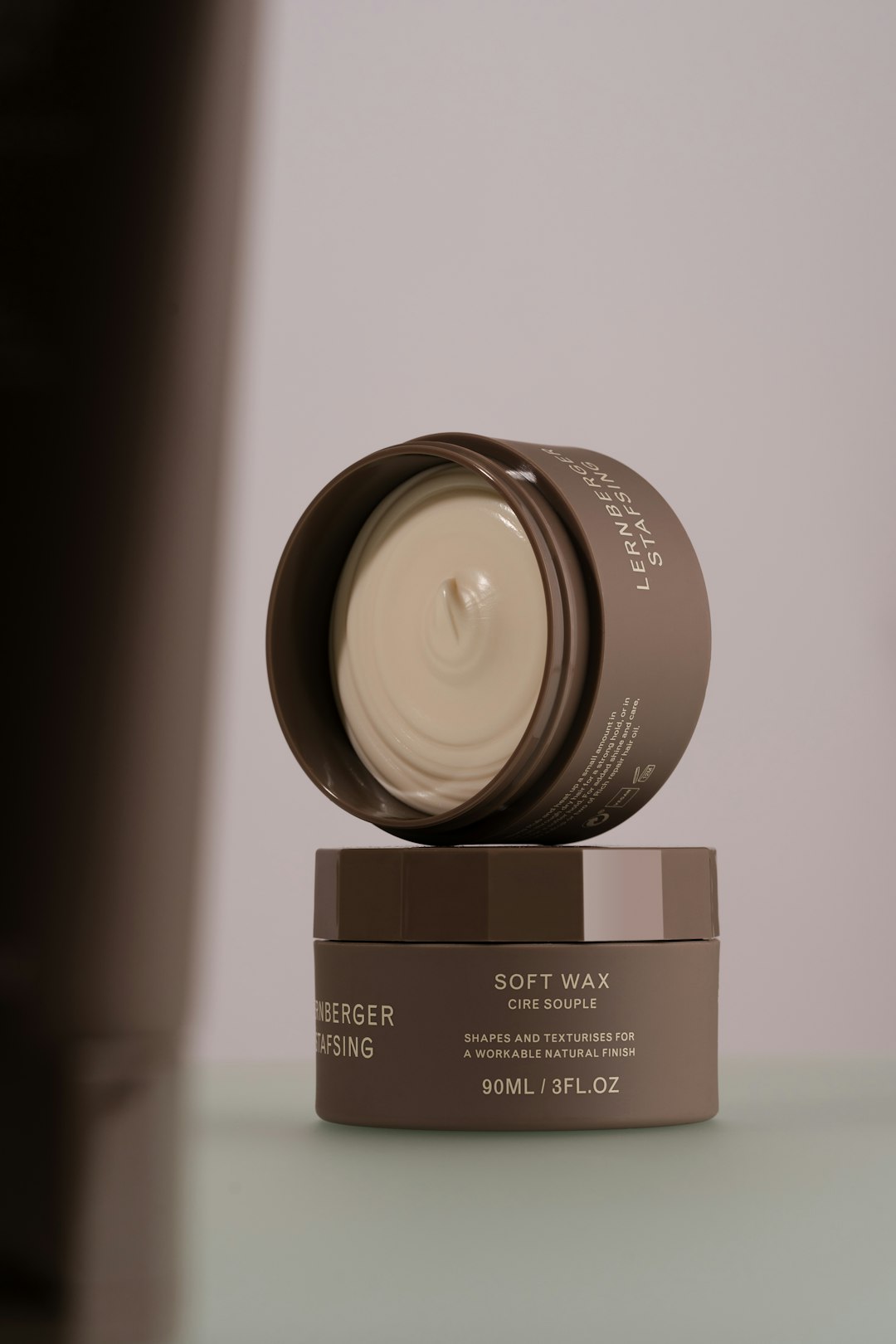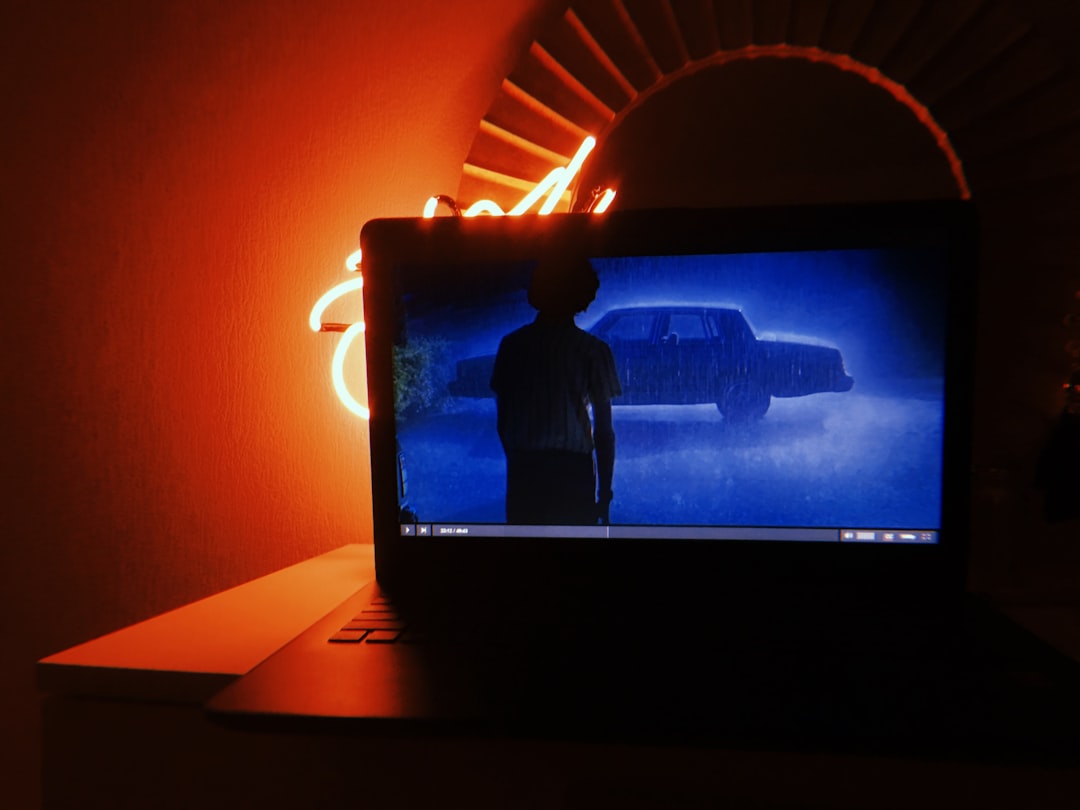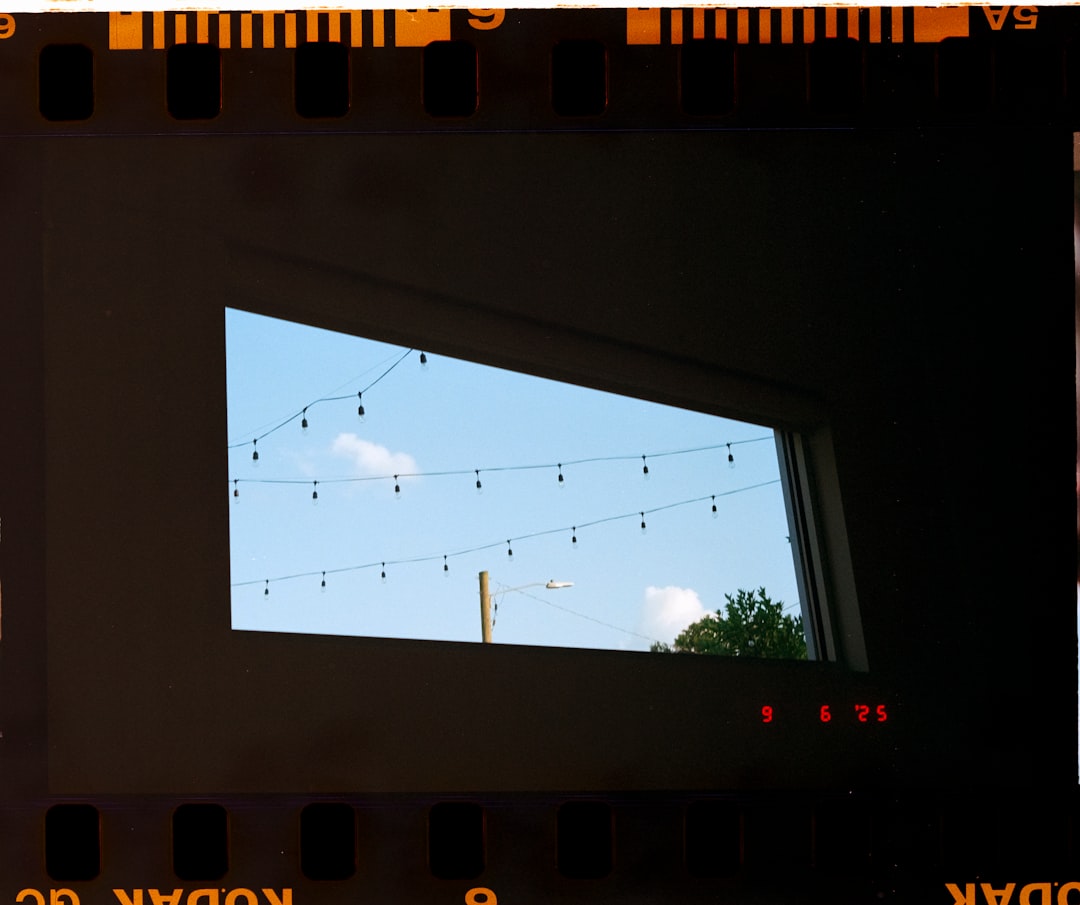Table of Contents
Setting up a projector may seem straightforward—aim it at a screen, plug it in, and watch. But in reality, achieving a perfectly aligned and distortion-free image involves a bit more finesse. Anyone who has tried to use a projector off-center or in a tight space knows this challenge well: the annoying trapezoid-shaped image, skewed perspectives, and frustrating adjustments. Thankfully, two features found in most modern projectors—keystone correction and lens shift—offer practical solutions to these common projection issues.
Understanding the Problem: Why Do Trapezoids Happen?
The phenomenon of an image appearing wider at the top or bottom (or sides) rather than being a perfect rectangle is known as the “keystone effect.” It occurs when the projector’s lens is not perpendicular to the screen surface. This misalignment causes geometric distortion that leads to trapezoidal shapes instead of squares or rectangles.
Consider this: if a projector is placed on a coffee table angled upward at a screen mounted on the wall, the bottom of the image will be closer to the lens and naturally appear smaller than the top portion, which is farther away. The result? A skewed, wide-topped trapezoid that doesn’t match the screen’s dimensions.

This is where keystone correction and lens shift come into play, allowing users to rescue the image without entirely reconfiguring the room.
What Is Keystone Correction?
Keystone correction is a digital or optical feature on modern projectors that fixes the geometry of an image. It adjusts the image pixels to counteract the trapezoid effect, making the image appear rectangular even if the projector isn’t perfectly aligned with the screen.
Types of Keystone Correction
- Vertical Keystone Correction: Adjusts the image vertically, useful when the projector is tilted up or down (most common scenario).
- Horizontal Keystone Correction: Adjusts the image side-to-side, useful when the projector is placed off-center horizontally.
- Auto Keystone: Some advanced projectors automatically detect the angle and adjust the keystone distortion without user input.
While keystone correction is incredibly convenient, it comes with one important caveat—it’s a digital process. This means the projector is manipulating the image electronically, which can sometimes result in reduced image quality or loss of resolution. For casual use like movie nights or business presentations, this may be acceptable. But for professional home theater setups or high-resolution displays, users often favor an optical approach like lens shift.
The Optical Advantage: Lens Shift
Lens shift offers an alternative to digital correction by physically moving the projector’s lens (or the imaging components inside the projector) without distorting the image’s native resolution. It enables the entire image to move up, down, left, or right while maintaining its proper geometry and full pixel count.

Benefits of Lens Shift
- No Resolution Loss: Since the adjustment is made optically, there’s no compromise in image quality.
- Precise Alignment: Easily center the image on the screen without physically moving the projector.
- Greater Flexibility: Ideal for ceiling mounts or awkward room layouts where the projector can’t be perfectly centered.
Unlike keystone correction, lens shift is often found in higher-end home theater or professional-grade projectors. It is typically adjusted via manual knobs or digital controls on the unit, offering very precise image positioning without mounting headaches.
Keystone vs. Lens Shift: Which Should You Use?
While both methods aim to correct image alignment issues, they differ significantly in their approach and impact on image quality.
| Feature | Keystone Correction | Lens Shift |
|---|---|---|
| Method | Digital Adjustment | Optical Adjustment |
| Image Quality | May reduce quality | Preserves full resolution |
| Setup Flexibility | Quick correction for minor misplacement | Ideal for fixed installations |
| Typical Use | Portable or entry-level projectors | High-end and home theater systems |
If you’re using your projector in varied settings—like moving it between rooms or locations—keystone correction offers a quick, handy fix. However, for permanent installations where optimal image quality is key, lens shift is the way to go.
Combining Both: The Smart Approach
Many projectors today are equipped with both lens shift and keystone correction, allowing users to capitalize on the strengths of each. The best strategy is to start with physical placement:
- Position the projector as level and centered as possible.
- Use lens shift to align the image precisely on the screen.
- Only use keystone correction as a last resort for minor tweaking.
This method minimizes the need for digital correction and maximizes image quality.
Tips for Best Alignment
Whether you’re using keystone correction, lens shift, or both, here are some tips to help optimize your projector’s image:
- Mount Carefully: Use ceiling mounts or shelves that allow precise height and angle adjustments.
- Use a Level: Ensure both the screen and projector are perfectly level to reduce keystone distortion naturally.
- Know Your Range: Check your projector’s specs for lens shift and keystone limits—it varies across models.
- Avoid Extreme Angles: The steeper the projector’s angle to the screen, the more distortion and correction will be needed.
- Keep Image Centered: Centering the image optically reduces the need for software interference.
Innovations on the Horizon
The world of projection technology is evolving rapidly, and recent advancements show impressive strides easing alignment woes. Some projectors now use AI-assisted auto-alignment to detect the screen and adjust lens shift and keystone automatically. Others project a test pattern that guides users through a seamless setup process.

While traditional alignment methods are still relevant and powerful, smart innovations promise a future where trapezoids might be a thing of the past.
Final Thoughts
Whether you’re a weekend movie enthusiast or a professional installer, understanding the difference between keystone correction and lens shift is crucial for getting the best out of your projector. While keystone correction offers a quick and convenient way to fix an image on the fly, lens shift gives you the ultimate in optical alignment and quality.
By combining thoughtful projector placement, the right correction tools, and a bit of tech-savvy setup, you can say goodbye to trapezoids and hello to perfectly framed cinematic experiences.

